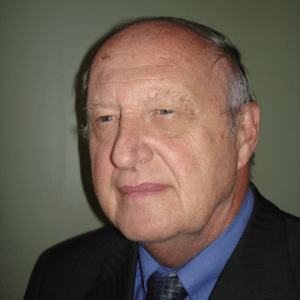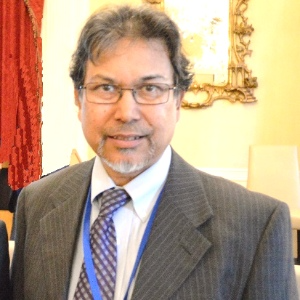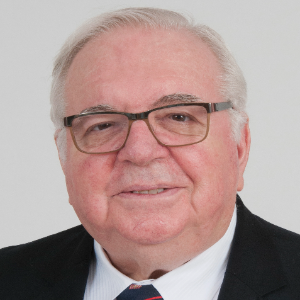Local and renewable resources are referred to as green materials. Green materials are now described as non-toxic materials that improve occupant health, reduce costs, and conserve energy, water, and waste products. Non-toxic materials are those that do not affect the environment, the people who use them, or the people who manufacture them. Green materials also have low embodied energy throughout the harvesting, collection, production, transportation, and usage processes. To produce new and better materials, material scientists collaborate with chemical and biological engineers. Sustainable materials are made utilising energy-saving procedures, or the materials themselves are produced from sustainable sources, or the carbon footprint of the material is decreased.
Environmental Materials can be defined as Pollutants, chemicals, contaminants, wastes, toxic substances, petroleum and petroleum products, or any other chemical, material, or substance that, due to its quantity, concentration, or physical or chemical characteristics, is limited or regulated for health and safety reasons by any governmental authority, or that poses a serious current or potential hazard to human health and safety or the environment if released.
The importance of global environmental protection and industrial activation coexisting becomes critical. This is because, for example, danger signals such as frequent unusual weather clearly suggest that a sustainable society is important. As a result of this context, the application of the "green" idea in chemical technology and material development becomes necessary for a sustainable society.
- Sustainable materials
- Renewable resource
- Natural green materials
- Artificial green materials
- Non-Toxic Materials
- Biowaste materials

Ephraim Suhir
Portland State University, United States
Thomas J Webster
Interstellar Therapeutics, United States
Robert Buenker
University of Wuppertal, Germany
Will Skene
Montreal University, Canada
Valeriy A Buryachenko
Micromechanics & Composites LLC, United States
Anis Rahman
Applied Research & Photonics, Inc, United States
Will Skene
Montreal University, Canada
Robert Guidoin
Laval University, Canada
Robert Buenker
University of Wuppertal, Germany


Title : Introducing picotechnology: An exciting extension of nanotechnology
Thomas J Webster, Interstellar Therapeutics, United States
Title : The failure of both einsteins space-time theory and his equivalence principle and their resolution by the uniform scaling method
Robert Buenker, University of Wuppertal, Germany
Title : Material challenges with proton conducting ceramics for intermediate temperature hydrogenation/dehydrogenation applications
Saheli Biswas, Commonwealth Scientific and Industrial Research Organisation, Australia
Title : Porphyrin layers at metal-electrolyte interfaces monitored by EC-STM and CV
Marek Nowicki, University of Wroclaw, Poland
Title : Color control of electrochromes by structural modification
Will Skene, Montreal University, Canada
Title : Make experiments more efficient: Two simple and powerful approaches. Mg2Si growth for photovoltaic and thermoelectric applications
Alexander S Gouralnik , Institute of Automation and Control Processes, Russian Federation
Title : Reconfigurable antenna structures using tunable materials
Nasimuddin, Institute for Infocomm Research, Singapore
Title : (0, 1 and 2) Dimensional hybrid architecture of the synthesized materials leads the smart sensing of the gaseous species at low/room temperature
D R Patil, North Maharashtra University, India
Title : Enhanced grain refinement, precipitates regulation, and improved mechanical properties of cast Al-Li alloy by Ti addition and heat treatment
Lixiong Shao, Shanghai Jiao Tong University, China
Title : Broadband sound attenuation of shape memory polymer with triangular-honeycomb unit cell metamaterial structural design
Musaab Ejaz, Universiti Teknologi PETRONAS (UTP), Malaysia